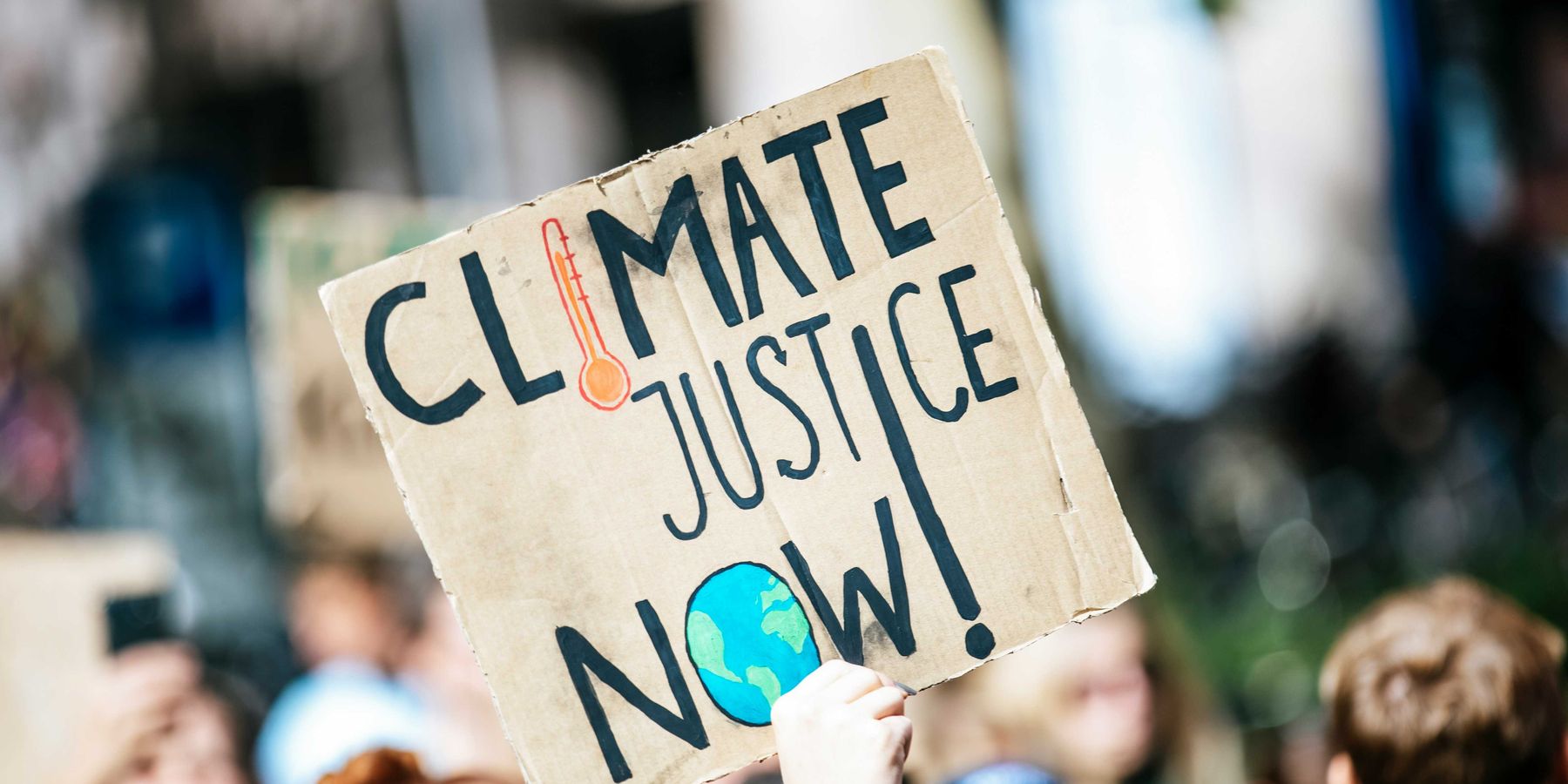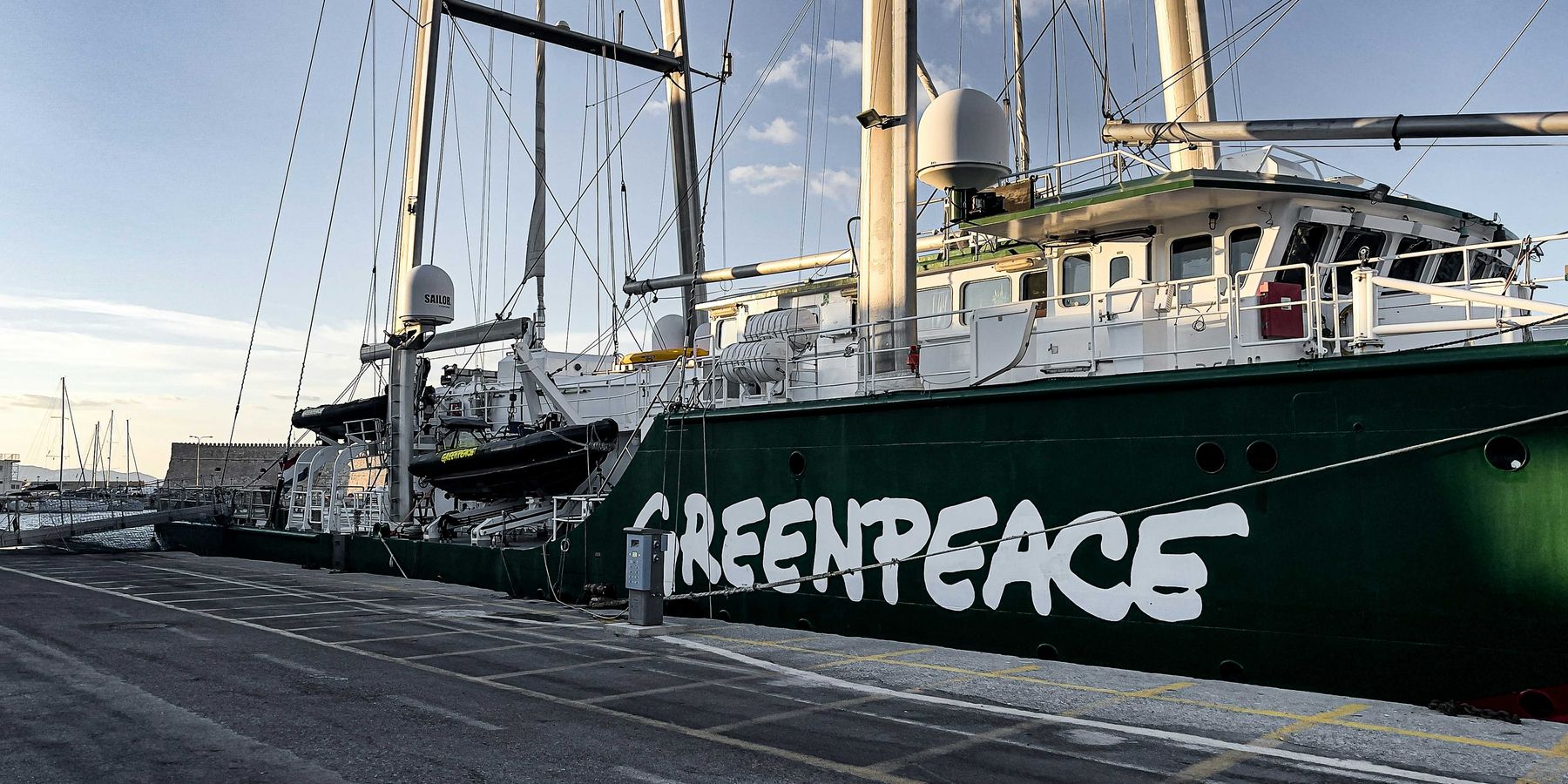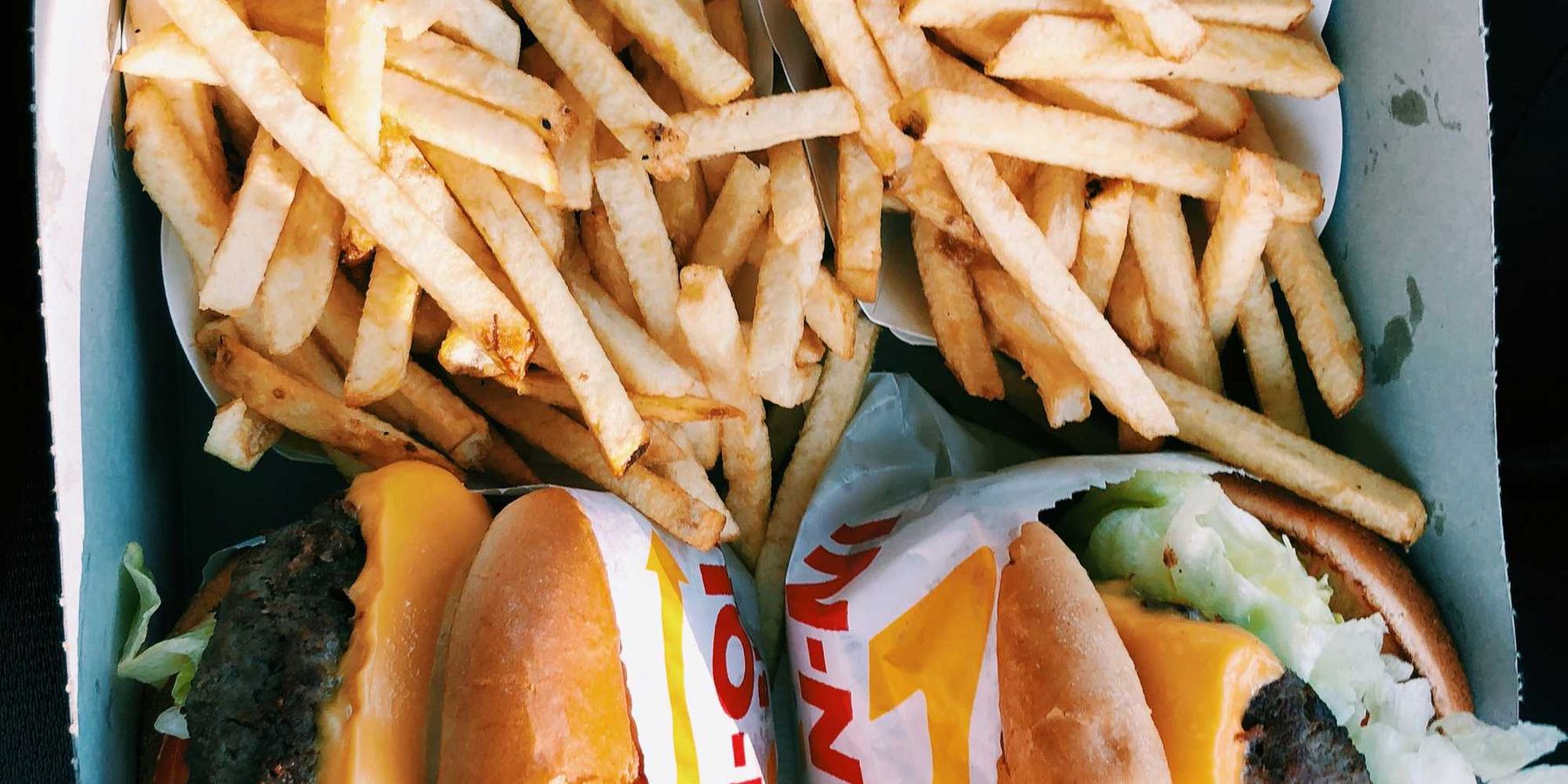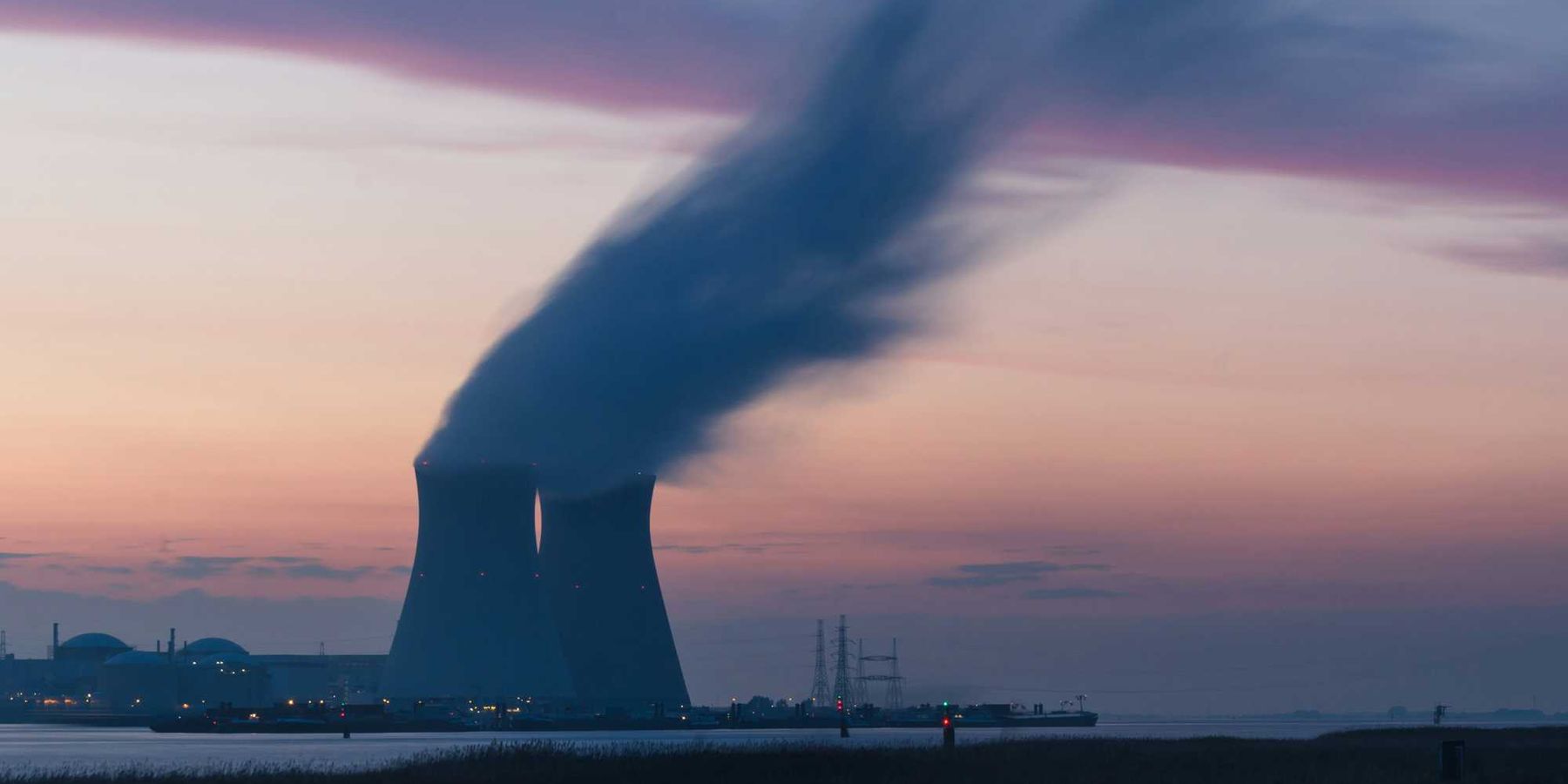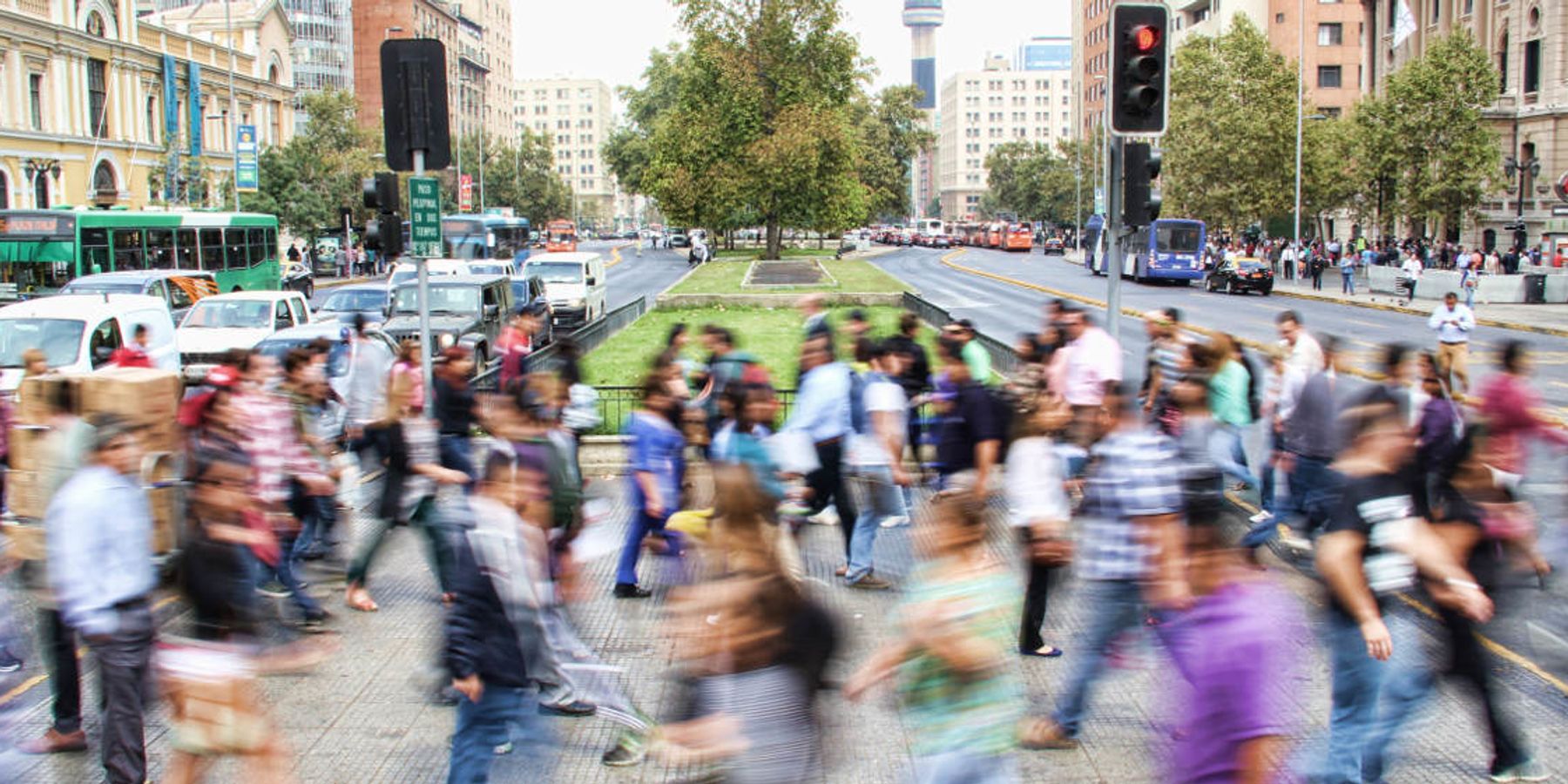
Tidying our shared home: The power of subtraction for better US infrastructure
Analysis: People don't like perceived losses. But the US has much to gain by putting quality of life—rather than "shiny and new"—at the forefront of infrastructure rebuilds.
If her book sales are any indication, you or someone you know have probably used Marie Kondo's "KonMariTM" method for tidying up your home.
Sure, Kondo's approach has some space-saving sock-folding tips, but the real tidying benefits come only if you follow her instructions to subtract everything you don't love from your home. It's nice to have a tidy personal home, but Kondo's advice holds far more potential when we apply it to the infrastructure that connects these personal homes and turns them into communities.
Our infrastructure includes everything from roads to public buildings to sewer lines to the electric grid. Everyone paying attention recognizes the need to make this infrastructure better.
Consider a seemingly bipartisan and non-controversial proclamation from the most recent U.S. State of the Union address. "We will build gleaming new roads, bridges, highways, railways, and waterways across our land." Who argues with that?
As a civil engineering professor, I'm all for infrastructure, but worry about prioritizing the "gleaming new" kind over the subtractive KonMariTM kind. For the shared homes that are our communities and planet, what we subtract from infrastructure is at least as important as what we add.
There isn't a one-size-fits-all solution. What works for roads may not work for the electric grid. What works in Staten Island, New York, won't necessarily work in Puerto Rico or Houston.
But there is a common theme among many infrastructure success stories: They improve quality of life, in large part, by KonMariTM-style subtracting.
Subtraction through “Superblocks”
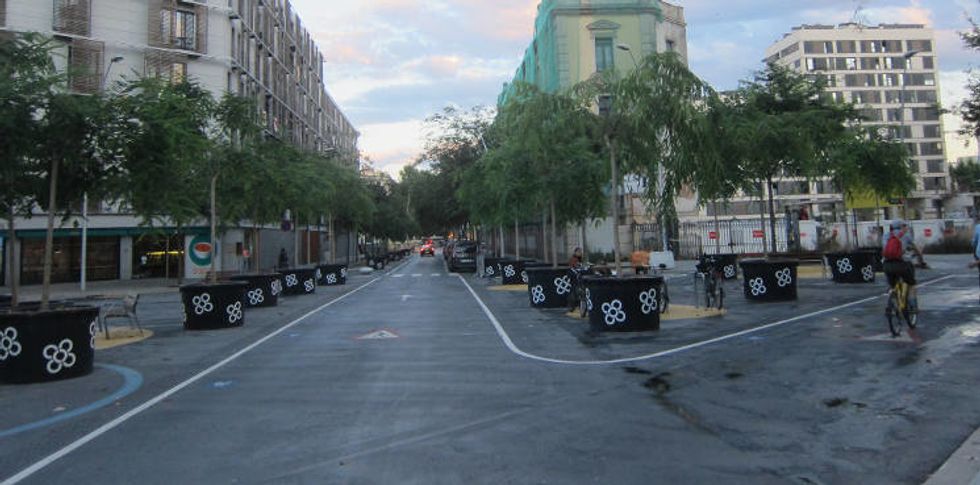
Zvi Leve/Flickr
Consider Barcelona's innovative "Superblocks" program, which subtracts by closing roads to through-traffic. Ultimately, the program will close two of every three roads in the city's grid system. Superblocks reduce the vehicle air pollution that make Barcelona residents (and probably you) more likely to die early from vehicle air pollution than from a car crash.
Superblocks also relieve congestion. Before Superblocks, private vehicles accounted for more than half of road-use but less than a quarter of human movements within Barcelona. Subtracting for Superblocks has "created" streets that do more than convey vehicles.
An area equivalent to ten full-size golf courses, will be reclaimed from vehicles and returned to people. Spaces previously devoted to metal boxes and their drivers are repurposed for strolling, biking, kissing and any other activity that is safer and more fun when you don't have to worry about automobiles whizzing by, or worse.
At ten million dollars, Superblocks is an inexpensive infrastructure program, roughly equivalent in price to a cup of coffee per Barcelona resident or to building one mile of superhighway near a city.
Because it subtracts for better roads rather than adding "gleaming and new," Superblocks also avoids any need for more concrete, which accounts for more climate changing emissions than any other material.
U.S. opportunities
Many U.S. cities have shut down individual streets to through traffic, but few have done so on a Superblocks scale. Copying the best parts of Barcelona's program in places where it makes sense carries little risk. Ten million dollars is not even a rounding error in the $2 trillion White House infrastructure initiative.
Each of the 307 U.S. cities with at least one hundred thousand residents could spend ten million dollars on a Superblocks program, providing healthier shared homes for hundreds of millions of people, and the total cost would be 0.00 trillion dollars.
What about subtractive thinking for other types of infrastructure? Stormwater management is increasingly challenging with climate change induced storm events and salt-water intrusion.
Subtractive thinking about stormwater might mean that, instead of adding pipes to move water out of cities, we remove manmade barriers that prevent water from infiltrating the ground.
In Baltimore, for example, residents get paid to aerate their lawns, breaking up the soil that has become densely packed together over the years. Widespread aeration not only prevents flooding, it makes for more beautiful and productive gardens.
Subtractive thinking about much-needed storm protection infrastructure could lead to more projects like the post-Hurricane Sandy "managed retreat" in the Ocean Breeze community of Staten Island, New York.
Returning vulnerable areas to their natural vegetated state inexpensively creates buffer zones, which protect surrounding communities from inevitable future storms.
Certainly, managed retreat, distributed electric generation, aerated lawns, or even Superblocks are not right for every scenario. However, the KonMariTM-style subtraction that leads to responses like these must be a part of the infrastructure legacy we leave.
Overcoming barriers to subtraction
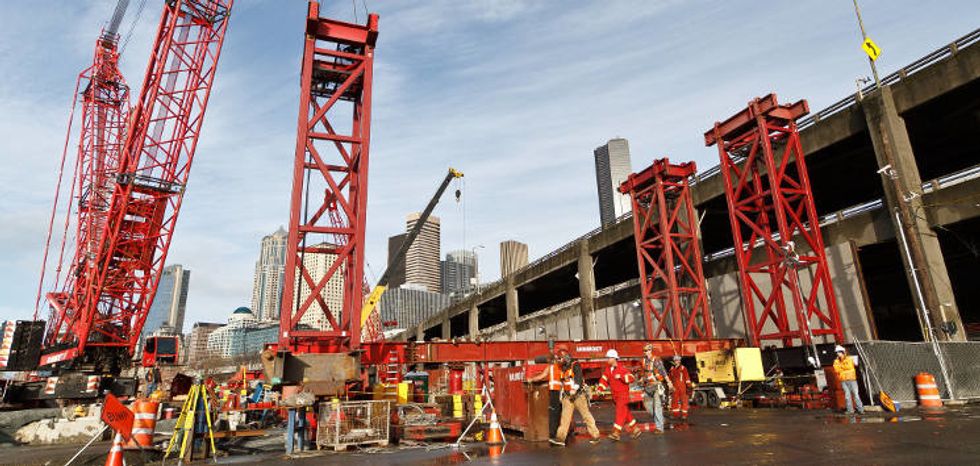
Of course developers who want to sell you "gleaming and new" infrastructure have little incentive for subtractive thinking.
But there is an even more fundamental human barrier to subtraction: loss aversion. Loss aversion means we dislike losing more than we like gaining. Loss aversion is why my commercial meat slicer remained in our pantry to be tidied more than six years after I became a vegetarian.
If you are human, you are probably loss averse; it's one of the most widespread phenomena in behavioral science.
Loss aversion has been observed in countless decisions and in a range of populations, even extending to apes and monkeys. Brain imaging studies even confirm that activity associated with the fear and anxiety of experiencing loss is a more powerful motivator than the possibility of rewards.
Loss aversion may be a formidable mental obstacle to better infrastructure, but research suggests ways we can check our loss-averse instincts when they blind us to good options.
One way is to avoid gain-loss comparisons altogether, or to reframe losses as gains. Superblocks can be described as "adding green space to the city" rather than as "subtracting roads."
Reframing does have its limits. A Staten Islander mourning the loss of her home is unlikely to mentally process "planned retreat" as an infrastructure gain no matter how it is framed.
A more promising approach may be shifting the reference points against which gains and losses are measured. When promotors say, "the nation's infrastructure needs to be rebuilt," the implied reference point is what currently exists, invoking loss averse biases.
On the other hand, a plan for carbon-zero infrastructure would set up a very different reference point where anything less than carbon-zero infrastructure, including perpetuating the status-quo, feels like an uncomfortable loss.
Perhaps the best way to inspire infrastructure subtraction is to recognize initial loss averse instincts and then deliberately consider the opposite. Marie Kondo's tidying method asks us to subtract everything we don't love from our personal homes, even things we like and use.
And when it comes to our shared homes, simply taking a moment to ask ourselves, "Did I consider subtracting?" would take us a long way toward the infrastructure that provides the best quality of life for the most people.
Leidy Klotz is a University of Virginia professor, jointly appointed in Engineering and in Architecture. His teaching and research merge design and behavioral science for a more sustainable built environment. Leidy is also the author of Sustainability through Soccer: An Unexpected Approach to Saving Our World.


